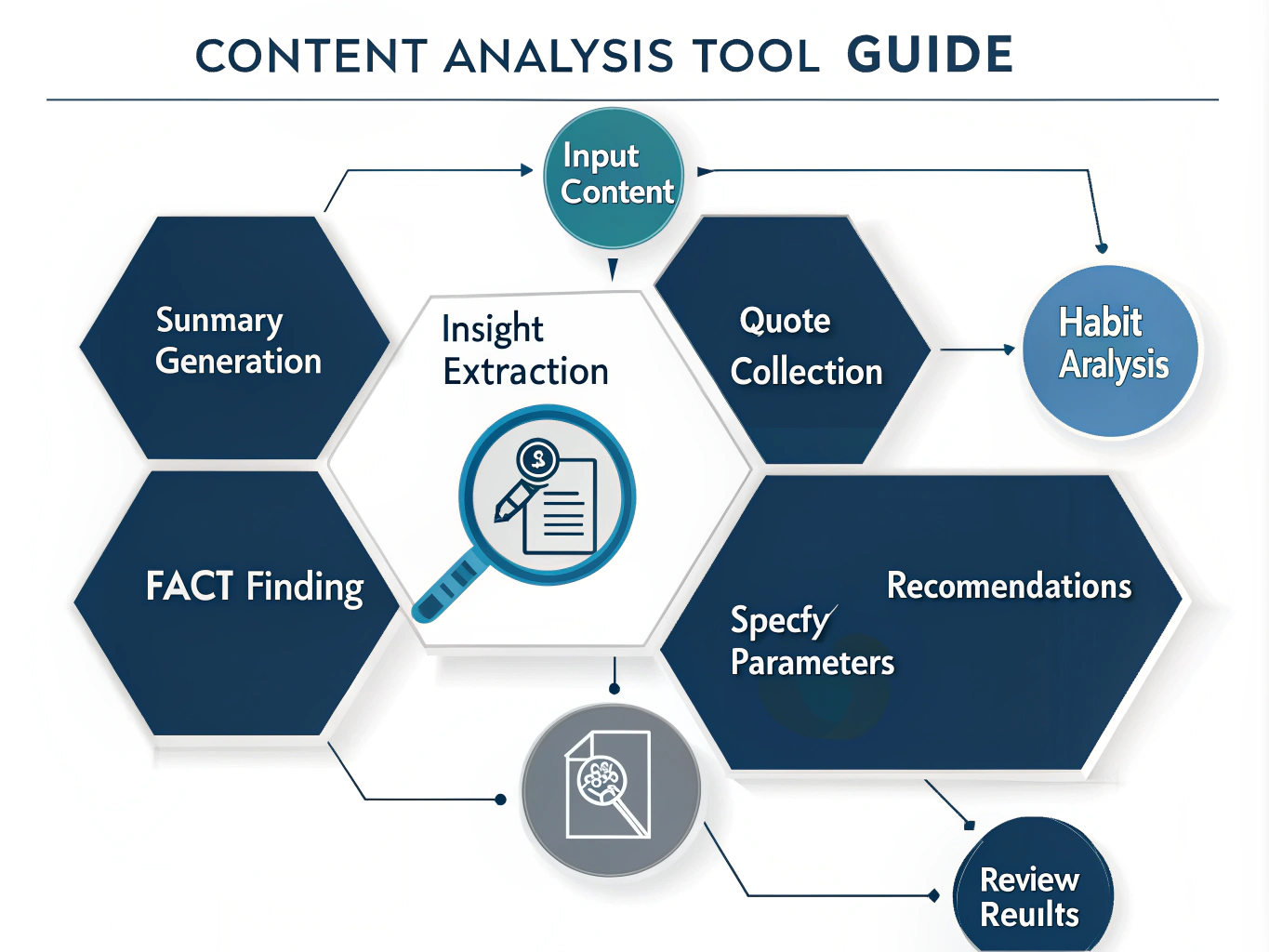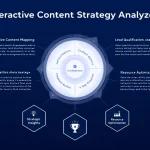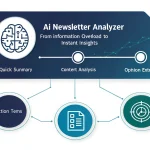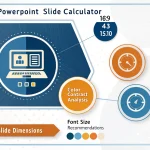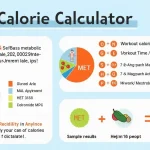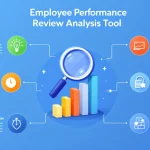Is this tool helpful?
How to Use the Content Analysis and Insight Extraction Tool Effectively
Follow these straightforward steps to analyze your text content and extract valuable insights efficiently:
- Enter your text: Paste the full content you want to analyze into the main text box labeled “Text content to analyze.” This might be a detailed research report on climate change or the transcript from a webinar on digital marketing strategies.
- Specify the content format (optional): Add context by describing the type of content. For example, you could write “user manual for a new software” or “transcript of a podcast interview.”
- List focus topics (optional): If you want the analysis to highlight particular subjects, enter them here. Try inputs like “cybersecurity threats, encryption” or “mental health, workplace stress.”
- Start the analysis: Click the Analyze Content button to submit your information. The tool will process your text and generate a detailed breakdown.
- Examine the results: After processing, the analysis appears in the results section, displaying summaries, key ideas, insights, notable quotes, habits, facts, sources, and actionable recommendations.
- Copy your insights: Use the option to copy all results quickly for your notes, presentations, or reports.
What Is the Content Analysis and Insight Extraction Tool?
This tool helps you quickly digest long or complex text by extracting the core ideas and meaningful details. By using natural language processing, it turns extensive content—such as articles, interviews, or reports—into clear summaries and actionable insights. You don’t need to spend hours reading; the tool highlights the important parts so you can focus on what matters.
Key Benefits of Using This Tool
- Save time: Get summaries and key points fast without reading the full text yourself.
- Boost understanding: Structured results improve information retention and clarity.
- Find inspiration: Extracted ideas, habits, and facts help spark new thoughts.
- Custom focus: Tailor the analysis by specifying topics or content types.
- Create references: Easily compile research material and citations from your content.
- Support decision-making: Get clear recommendations based on thorough analysis.
How the Tool Works Behind the Scenes
The Content Analysis and Insight Extraction Tool applies advanced text processing techniques to gain a deep understanding of your content. It goes beyond simple keyword spotting by analyzing context, themes, and emotional tone.
- Text summarization: Produces a concise summary that captures the main points.
- Named entity recognition: Detects important people, places, and organizations.
- Sentiment analysis: Understands the tone and mood throughout the text.
- Topic modeling: Finds recurring themes and patterns.
- Semantic similarity: Connects related ideas across different parts of your content.
Practical Applications of the Content Analysis Tool
Use this tool across many contexts where processing large texts quickly is essential:
Academic and Research Work
Save time during literature reviews by extracting key findings, hypotheses, and methodologies from academic papers and reports efficiently.
Content Creation and Curation
Gather fresh ideas, relevant facts, and useful quotes when preparing blog posts, articles, or social media content.
Business and Market Analysis
Analyze industry reports, competitor data, and market trends to shape strategies and spot emerging opportunities quickly.
Personal Development and Learning
Extract essential concepts and practical advice from books, lectures, or interviews to deepen your understanding and personal growth.
Decision Support
Break down complex documents, expert opinions, and case studies to understand pros and cons clearly before making important choices.
Why This Content Analysis Tool Matters for You
In a world overwhelmed by information, this tool empowers you to focus on what counts. By distilling content into manageable, actionable parts, it helps you grasp complex subjects, generate ideas faster, and communicate insights effectively.
Whether you work in research, education, business, or just want to learn more from your reading, this tool improves efficiency and productivity by turning text into knowledge you can use.
Important Disclaimer
The calculations, results, and content provided by our tools are not guaranteed to be accurate, complete, or reliable. Users are responsible for verifying and interpreting the results. Our content and tools may contain errors, biases, or inconsistencies. Do not enter personal data, sensitive information, or personally identifiable information in our web forms or tools. Such data entry violates our terms of service and may result in unauthorized disclosure to third parties. We reserve the right to save inputs and outputs from our tools for the purposes of error debugging, bias identification, and performance improvement. External companies providing AI models used in our tools may also save and process data in accordance with their own policies. By using our tools, you consent to this data collection and processing. We reserve the right to limit the usage of our tools based on current usability factors.
